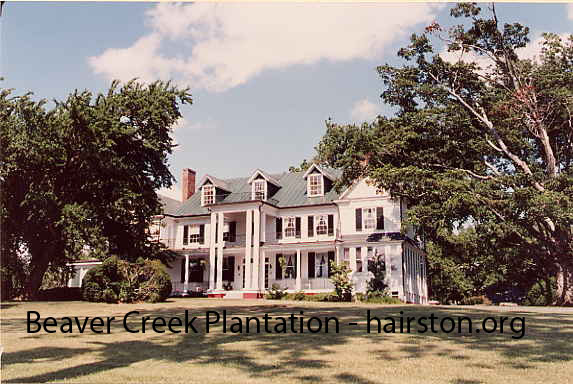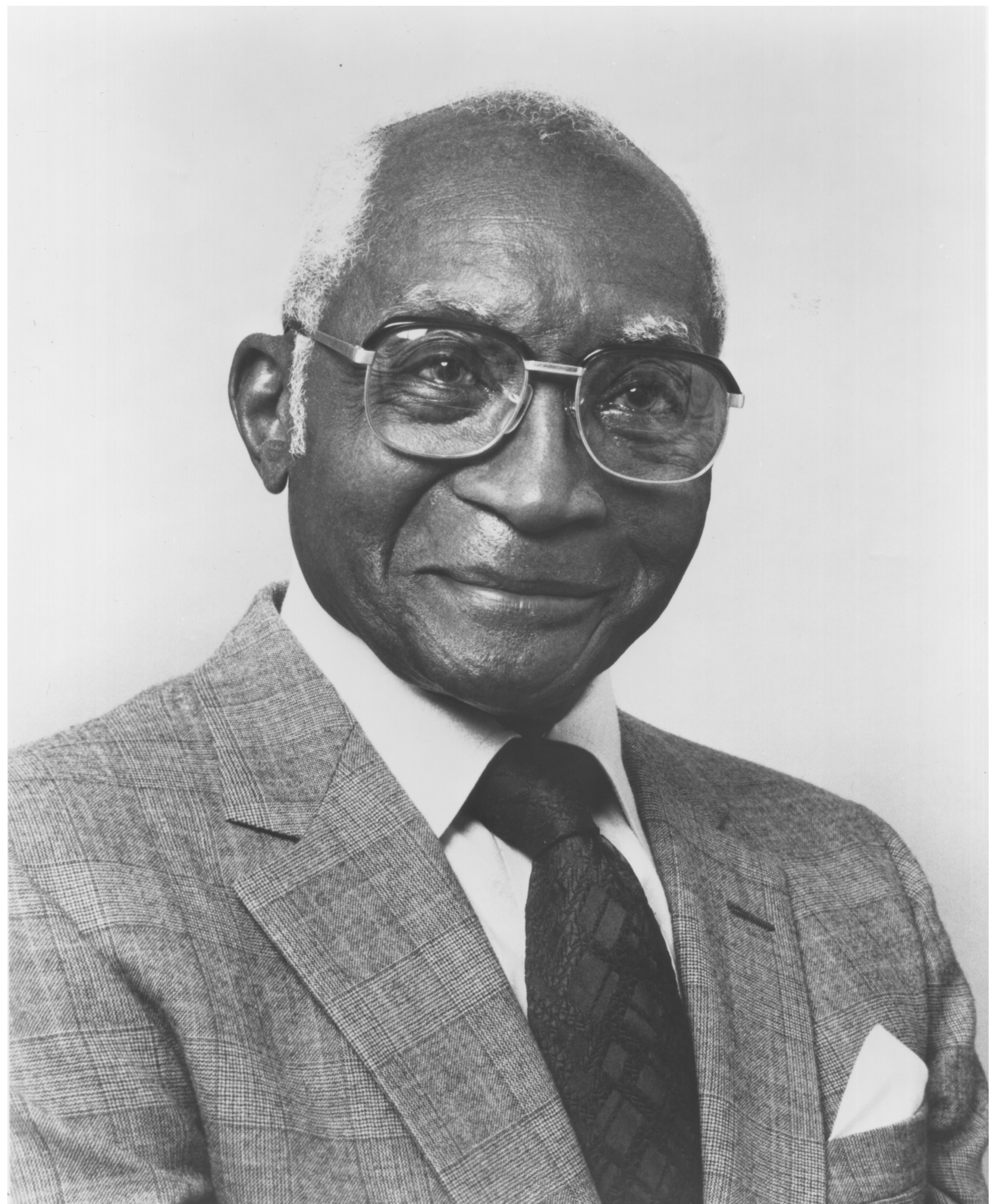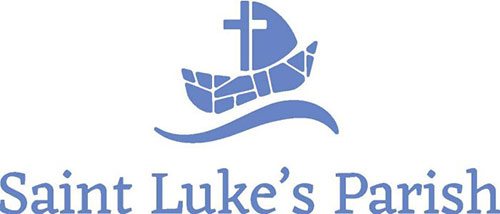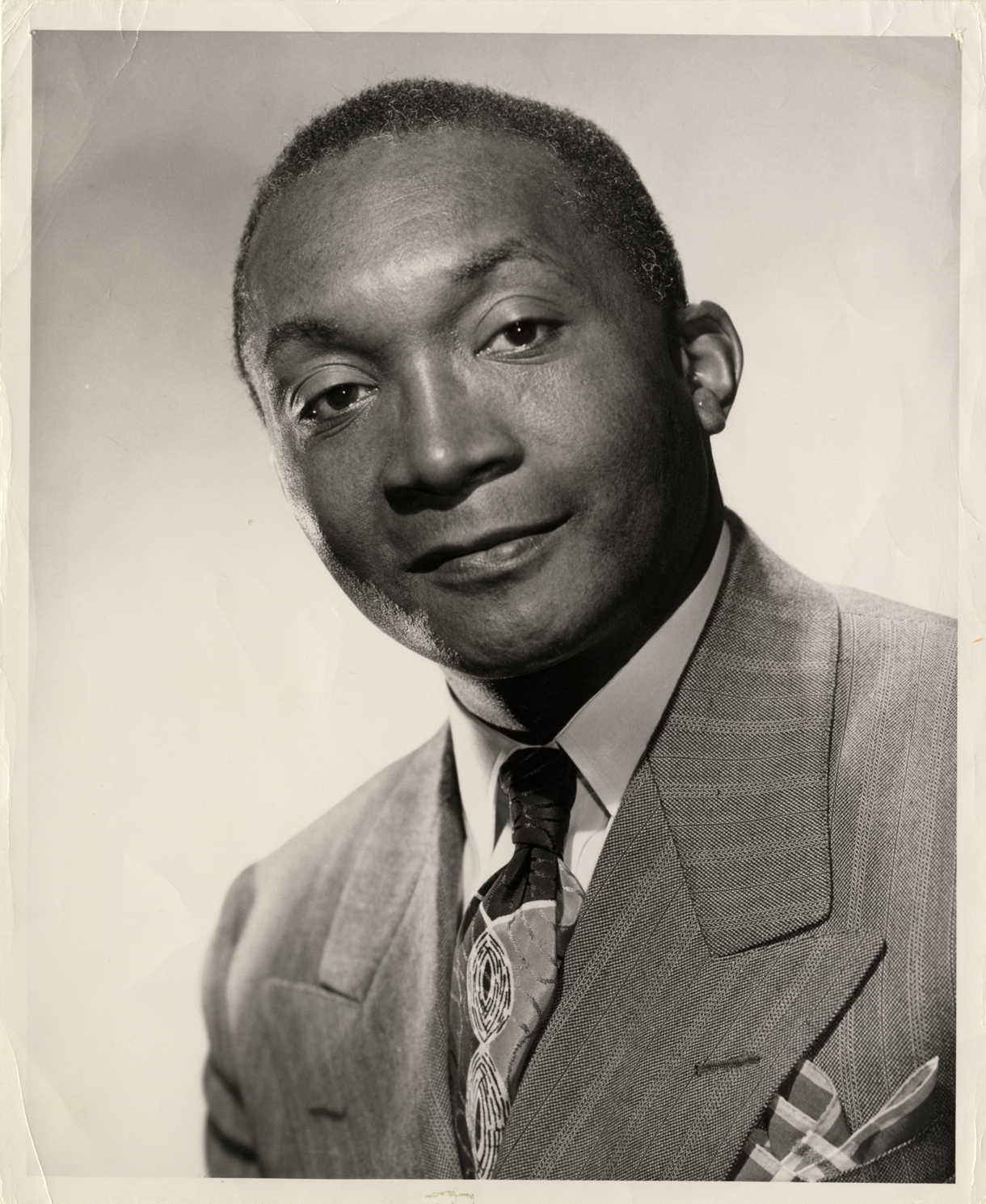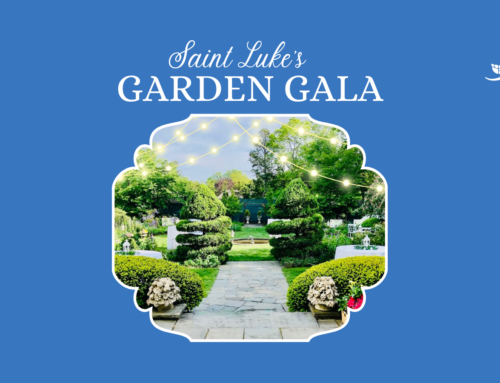Walking With the “Amen Man” – A Choir Project
by David Pulliam
Perhaps you remember the hit NBC sitcom Amen! from the late 1980s? It’s how I became familiar with the actor, singer, conductor, and arranger Jester Hairston. In Amen!, at the age of 87, he became television’s oldest continuously working black actor, playing the role of Rolly Forbes, a church elder, hilarious character, and hands down personal favorite on the show. I was so proud to find out from my mother that Jester and his family had connections to my hometown of Martinsville, VA! But, at the age of 8, I didn’t fully comprehend his story.
I did know Jester was famous for his arrangements of spirituals, but, I didn’t know Hairston had a star on the Hollywood Walk of Fame, that he dubbed the singing voice of Sidney Poitier in his Academy Award winning role in Lilies of the Field, was in To Kill a Mockingbird with Gregory Peck, or that he was the leading scholar and arranger of Spirituals in the 20th century. It was returning from our Civil Rights Pilgrimage in January that I found myself totally immersed in Jester’s story. On pilgrimage, I was confronted not only by truths of systematic racism and horrible violence, but by my experience at the National Lynching Memorial, horrified to see names of victims from my hometown hanging above me. It was the side of history with which I wasn’t familiar. The experience moved me to want to be more informed, to speak names of victims long forgotten, to remember the resilient black men and women who survived and persevered. Yet, as I walked through museums and memorials, I couldn’t help but constantly hear the music of Hairston in my head.
Folks from Martinsville, VA, have been familiar with the Hairston name—literally America’s largest family— for over 300 years. Pronounced HAH-stuhn by white family members and HAIR-stuhn by black descendants, it was in the early 18th century that the Scots-Irish family established plantations in and beyond Martinsville; Beaver Creek—at 30,000 acres—was where Jester’s grandmother was born enslaved and from whom he learned to sing. By 1865, the white Hairston family was one of the wealthiest in the south, holding 45 plantations and an enslaved population of over 10,000. I knew a romanticized version of white southern history: Hairston homes were architectural gems, dripping of the “Old South;” George Hairston had observed Cornwallis’s surrender at the Siege of Yorktown and helped drive out the British from a burning Washington, DC, during the War of 1812; the land for our Episcopal church had been given by his son Marshall; and my high school, which opened as late as 1988, was named after an Hairston plantation sitting on a bluff overlooking the new school. As a 14 year old walking those hallways, I was completely oblivious to the past, but as a 45 year old sitting on a bus processing my pilgrimage experiences in Georgia and Alabama, the name Jester Hairston rose to the front of my mind. His music always inspired me—melodies and driving rhythms. I thought, maybe the Choir and I could do a “discovery project,” introducing them to this man with my hometown roots and his great American church music?
Yes, Jester had roots in Martinsville, but it’s only now that I realize how deeply run and gnarled with strife they really were. As a Choir, we celebrate those roots, those ancestors who taught him and, now us, how and why we sing these songs. I cannot thank the Parish Choir enough for learning and singing this music from root to leaf. Watch the Parish Choir’s performance of Jester’s famous “Elijah Rock” from Transfiguration Sunday here. Listen here to the Choir’s March 3 performance of “Poor Man Lazarus”—the parable in Luke of the rich man who rejects the poor and spends eternity in fiery torment. And listen here to the choir sing Jester’s most famous piece, known the world over—his arrangement of “Amen” that grows from nothing into pure joy, recounting the whole story of Jesus from cradle to resurrection!
The story of Jester is truly remarkable. Read more on the family in Henry Wiencek’s The Hairstons: An American Family in Black and White, or watch a wonderful Jester Hairston Documentary, (YouTube linked here). You, too, are invited to journey towards Easter with the Choir through the music, story, and spirited sounds of walking with “The Amen Man,” Jester Hairston (1901-2000).
